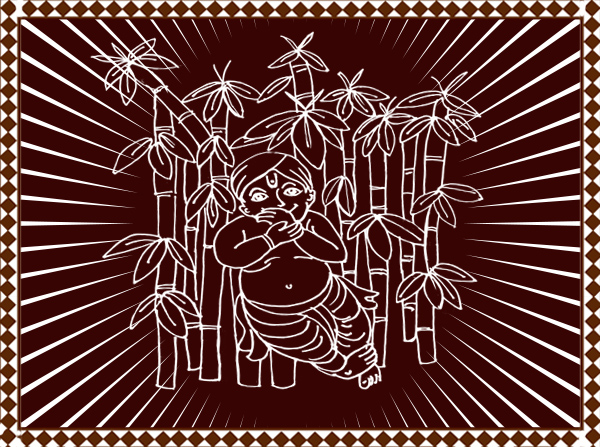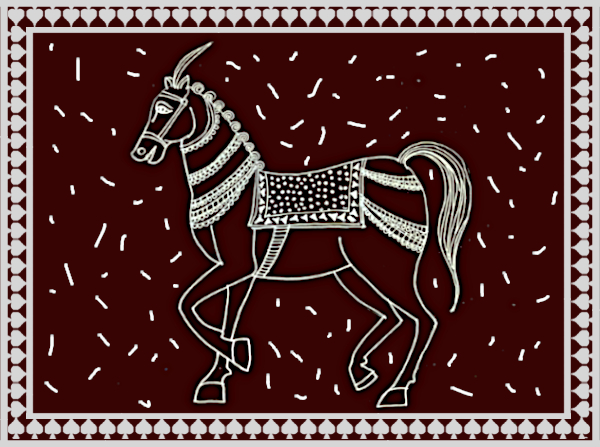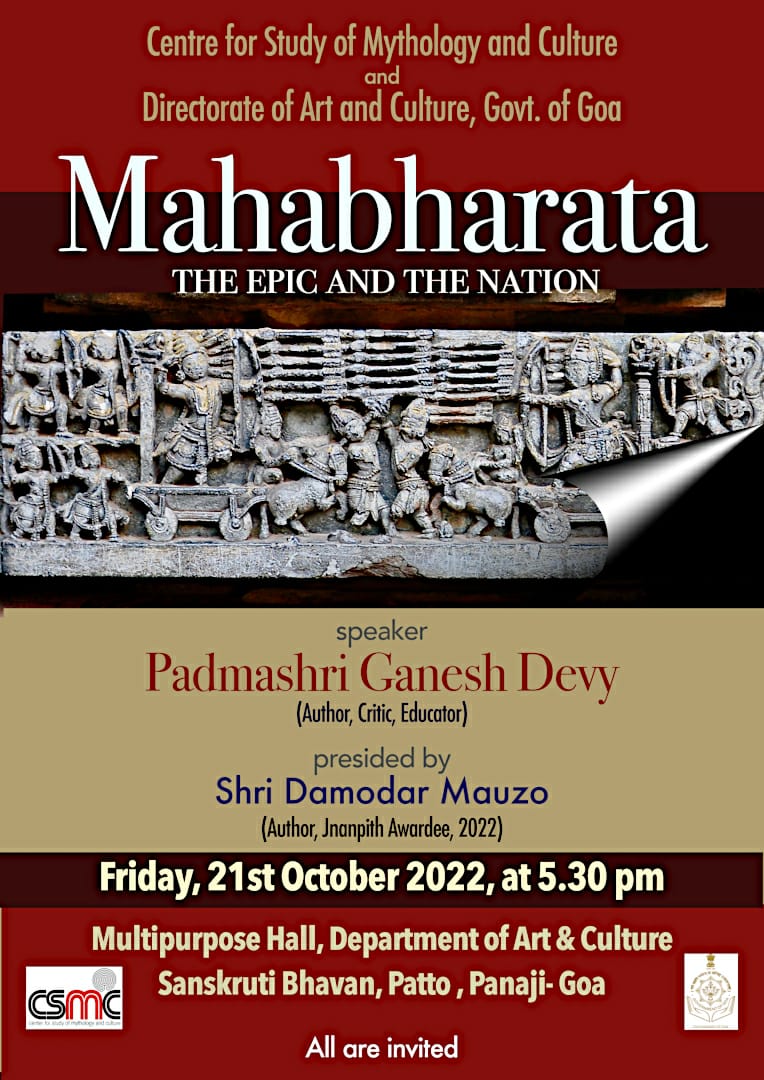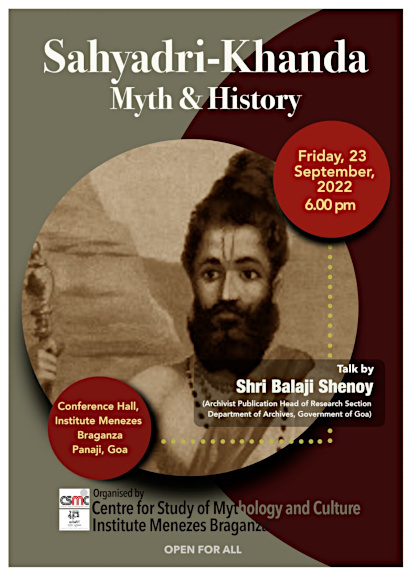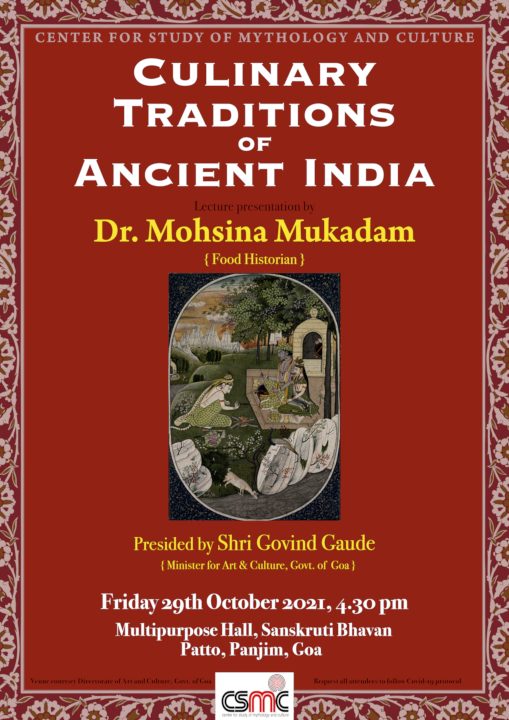
There is a saying in Konkani language – ” Ghova baileche ek chit zalyar chiche panar nhid. Meaning, even a small thin leaf of the tamarind tree is enough to accommodate a couple if they love each other (otherwise even a big bed is not enough!)
The tamarind (Tamarindus indica or imli in Hindi and chinch in Marathi and Konkani) is a large, evergreen tree, with dense foliage. A native plant of the African continent, tamarind is a tropical tree that grows abundantly in India.It is popular as an avenue tree as it provided a very cool shade. Known for its sour fruit and acidic pulpy juice, tamarind is used in many south Indian curries and chutneys. The tamarind tree is a sacred tree for Krishna ; Vaishnav saints Nammalvar and Chaitanya are said to have meditated under this tree. However for a tree which is large and grows to be 25-30 meters tall, its leaves are remarkably small and tiny.
There is a tribal myth that explains why this tree has such tiny leaves. Once upon a time, the tamarind tree had large and broad leaves and would provide cool shade to people who would rest under its shade. When Ram, Lakshaman and Sita went into exile, they would often rest under a tamarind tree ,as it could shelter them from rain, sun, and heat and cold. One day Ram realised that being in exile meant they have to lead a life of struggle and inconvenience and not of comfort and pleasure. The nurturing shade of the tamarind tree was actually providing them the comforts of a palace. He immediately ordered Lakshmana to shoot at its large leaves and split into tiny small leaves. Lakshman obeyed his brother’s command and since then the tamarind tree has tiny leaves.
According to another myth, long ago Devas and Asuras lived on the earth. One day, Bhasmasura the chief of asura army challenged Mahadeo to a duel, proclaiming whoever wins would be the sole ruler of earth. Mahadeo accepted the challenge and the duel began. Soon Mahadeo wounded Bhasmasura grievously and. Bhasmasura scooted for his life with Mahadeo chasing him. Bhasmasura ran and entered a thick jungle and started searching for a place to hide. He noticed a huge tamarind tree and clambered onto it hastily, shielding himself with its thick broad leaves. Mahadeo followed Bhasmasura and entered the jungle, but he could not see the demon Bhasmasura who was hiding behind the broad tamarind leaves. Out of frustration Mahadeo roared and opened his third eye. The whole sky lit up with fire from the eye and the large tamarind leaves shattered into tiny fragments exposing Bhasmasura. The Demon was killed immediately by Mahadeo, and since then tamarind leaves have remained small and tiny.
Pointing out to its small tiny leaves, my grandmother would tell her grandchildren, “Look boys! be together and work together in harmony like these tiny tamarind leaves.If small people like you and me work together, we can do a great deal to transform the world. It is not the place that makes the man, but the man who makes the place.”
Story by : Avadhut Kudchadker
Source: As told by grandmother inputs from Sacred plants of India by Nanditha Krishna and M. Amrithalingam.
Image copyright: Vidya Kamat










